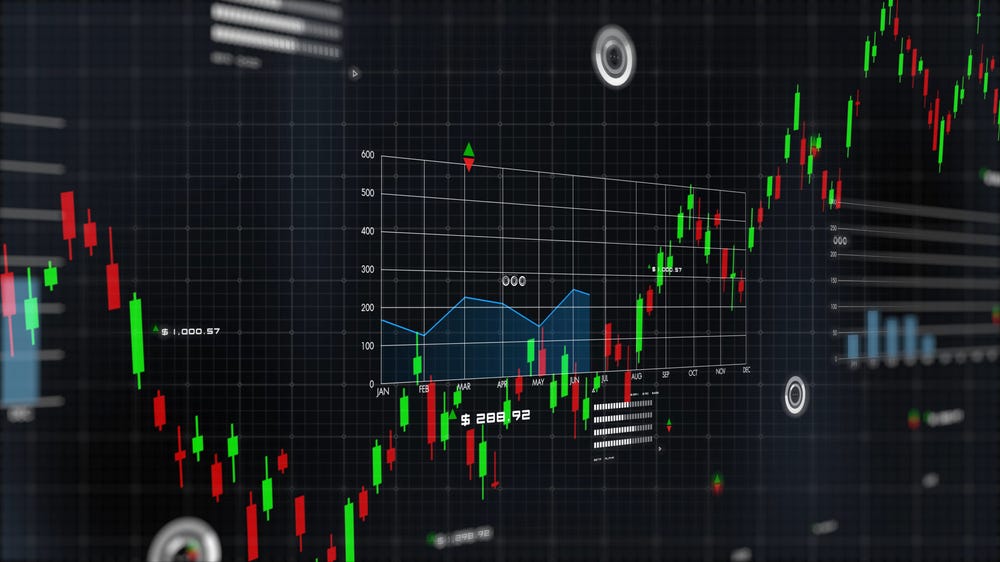
Understanding Crypto Trading Systems
As the world of cryptocurrency continues to evolve, the importance of effective trading systems has come to the forefront. Crypto trading systems are designed to help traders execute trades efficiently in a highly volatile market. From automated trading bots to complex algorithms, these systems offer various tools to enhance trading performance and mitigate risks. Moreover, platforms such as Crypto Trading Systems https://cryptocake.com/cryptocake/cryptocorner-cryptocake-a-blockchain-and-fintech-news-and-entertainment-streaming-channel/ are providing essential resources for traders seeking to stay informed on market trends and technologies.
What Are Crypto Trading Systems?
At their core, crypto trading systems are strategies or platforms that enable traders to buy and sell cryptocurrencies. These systems can range from simple manual trading methods to sophisticated automated trading platforms that utilize algorithms to make trades on behalf of the user. Understanding the various types of systems available can help traders select the best approach according to their trading style and risk tolerance.
Types of Crypto Trading Systems
There are several types of crypto trading systems widely used by traders. Let’s explore some of the most popular ones:
1. Manual Trading
Manual trading is the most basic form of trading where traders analyze market conditions, develop strategies, and execute trades personally. It requires a solid understanding of market trends and indicators. While it offers complete control over trades, it can be time-consuming and requires constant market monitoring.
2. Automated Trading Systems
Automated trading systems, or trading bots, are software applications that automatically execute trades on behalf of the user. These systems can analyze market data at incredible speeds and are programmed to react to certain market conditions, making them an attractive option for many traders. Popular platforms like Binance and Coinbase offer their user-friendly automated trading solutions.
3. Algorithmic Trading
Algorithmic trading involves using complex algorithms and trading strategies to execute trades. Traders develop their algorithms or employ existing ones to trade based on predefined criteria. This method can optimize trading by executing orders at optimum prices, thus removing emotional responses from trading decisions.

4. High-Frequency Trading (HFT)
High-frequency trading is a specialized form of algorithmic trading that involves executing a large number of orders at extremely high speeds. HFT relies on sophisticated algorithms and high-speed data feeds to capitalize on small price discrepancies. Due to its complexity and technological demands, it is typically used by institutional traders with significant resources.
5. Copy Trading
Copy trading allows less experienced traders to mimic the trades of successful investors. This system connects users with experienced traders, enabling them to replicate their trading strategies in real time. Platforms like eToro have made copy trading popular, providing insights into the trading behavior of top traders.
Key Features of Effective Crypto Trading Systems
- User-Friendly Interface: A good trading system should have an intuitive interface that makes it easy for users to navigate through the features.
- Security: Given the risks involved with cryptocurrencies, a reliable trading system should prioritize security protocols to safeguard users’ funds.
- Real-Time Data: Access to real-time market data can significantly enhance trading success by providing up-to-date information to inform decisions.
- Risk Management Tools: Effective trading systems should incorporate risk management features such as stop-loss orders to minimize potential losses.
- Customization: Traders should be able to customize their trading strategies according to their preferences, risk tolerance, and market movements.
The Future of Crypto Trading Systems
The future of crypto trading systems is promising, as technological advancements continue to reshape the trading landscape. With the rise of artificial intelligence and machine learning, we can expect trading systems to become more sophisticated, offering enhanced predictive capabilities and automation. Furthermore, decentralized finance (DeFi) is poised to revolutionize trading systems, providing greater transparency and accessibility for traders across the globe.
Challenges in Crypto Trading
Despite the advantages of crypto trading systems, several challenges remain. The volatility of cryptocurrency values can lead to significant losses if not properly managed. Additionally, the regulatory landscape is still evolving, creating uncertainty for traders. Moreover, security threats like hacking and phishing attacks persist, underscoring the importance of choosing secure trading platforms and employing necessary precautions.
Conclusion
In summary, crypto trading systems are indispensable tools for both novice and experienced traders navigating the complexities of the cryptocurrency market. Understanding the different types of trading systems and their respective functionalities can help traders optimize their trading strategies and enhance their overall performance. As technological advancements continue to emerge, the future of crypto trading systems looks bright, yet traders must be aware of the inherent risks and challenges they may face in this dynamic environment.
